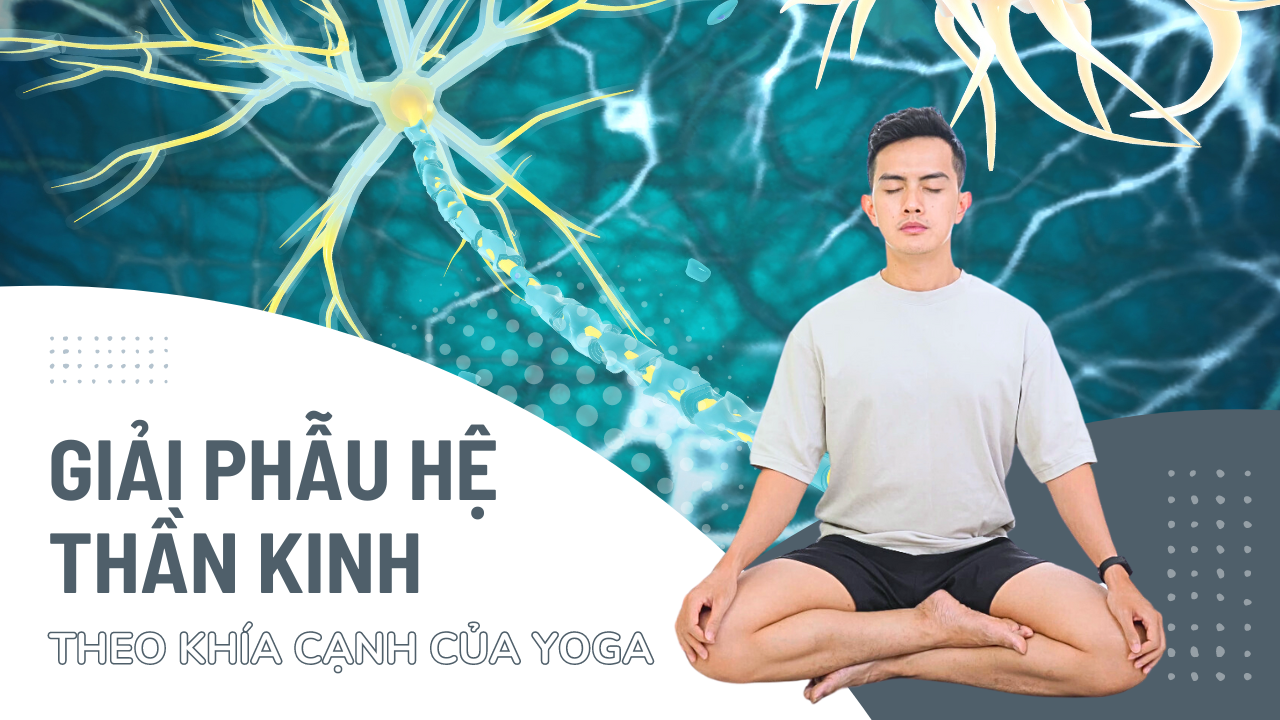Neck pain is a very common condition these days. Not only in the elderly, but even young people are completely at risk. Especially office workers.
Most people who have experienced neck and shoulder pain consider this to be a normal manifestation, take medicine "passively" or the pain goes away on its own.
But is the truth as simple as that? Let's find out with Nguyen in this article!
What is neck pain?
This is a spasm of the muscles in the neck, shoulders, and back of the neck. It causes pain and limited range of motion in the neck, especially at the end of the neck or in the middle of the neck.
These symptoms usually occur in the early morning after waking up. Or appear spontaneously after heavy labor. And this is a characteristic manifestation of diseases of the musculoskeletal system as well as the blood vessels and neck region.

Causes of neck and shoulder pain
There are many causes for this situation. There are benign causes, but neck pain can also be a manifestation of dangerous causes.
Some common causes of neck pain include:
- Neck shoulder pain occurs after a minor trauma.
- Standing, sitting, or misbehaving for too long.
- Fractures associated with severe trauma.
- Cervical spondylosis and disc herniation cervical spine.
- Nerves in the neck area are compressed, more seriously spreading down the arms, forearms and fingers, causing numbness.
- A heart attack or a tumor in the lung can also be one of the dangerous causes of neck pain.
Is neck pain dangerous?
As Nguyen mentioned above, if this condition comes from benign causes, there is not much danger. But it will be very dangerous if it originates from causes related to blood vessels and nerves, etc., signaling a serious medical problem that needs to be examined and treated properly by a doctor.
It is divided into acute and chronic. Inside:
- Acute pain is usually less harmful, not dangerous. The acute level can be treated by healing its underlying cause, choosing appropriate disciplines or methods to improve such as: Yoga therapy, physical therapy, etc. After the acute shoulder pain disappears, you can rebalance your normal life rhythm.
- Chronic pain is often persistent, lasting for weeks or months. Chronic pain requires rigorous treatment, with a doctor monitoring the condition. However, after chronic shoulder pain is healed, the pain is still likely to return.
How to treat neck and shoulder pain
With in the absence of manifestations of dangerous symptoms. Then you can do some of the following measures to reduce the symptoms of neck pain:
- First, it is necessary to rest the neck and shoulders, limit heavy movements, and rotate the neck strongly.
- Use pillows of the right size, height, softness and comfort when sleeping.
- Can massage the neck area to increase blood flow to the neck and shoulders, reduce symptoms of fatigue.
- Apply warm compresses to the neck and shoulders about 3 times a day. Each time from 5 to 10 minutes can help blood circulation in the neck and shoulders.
- Limit sports that affect the neck and shoulders. Like lifting weights, swimming, martial arts, etc., without the guidance of a doctor or a therapist.
- Find the right subjects, specializing in orthopedic treatment. There is the guidance and close supervision of teachers and doctors such as: Yoga therapy, physical therapy, acupuncture, massage, etc.
- You can buy some pain relievers for shoulder pain or use anti-inflammatory drugs. However, the use of these drugs should be cautious when there are symptoms related to gastrointestinal. Especially the symptoms of gastrointestinal bleeding and vomiting.
If the pain in the neck and shoulder area does not go away or the pain gets worse. Then you need to go to the medical facility immediately to be examined.
3 moves Yoga relieves pain neck shoulder neck
1. Tilt your head to stretch your neck


Instructions: Sit anywhere, keeping your back straight and your right hand touching the ground. Place your left hand on the right side of your head, pull gently, feel and breathe evenly, deeply, slowly (5 seconds). Do the same with the right side.
2. Tilt your neck back to stretch your neck

Instructions: Or put your hands together, put them under your chin and tilt your neck back slowly, breathing evenly (5 seconds).
3. Tilting the neck forward – balance the force of the neck

Instructions: Place your hands behind your head, keeping your back straight. Use your hands to slightly bend your head forward, push your head back, 2 opposing forces, breathe evenly (5 seconds), you will feel the stretch from the neck area to the back.
To be able to observe and practice more easily. You can refer to the 10 minute yoga therapy exercise below. Nguyen hopes this will be an effective exercise and help you reduce pain and feel more comfortable.
Check out the therapeutic yoga video neck and shoulders for office people
References
What Causes Concurrent Neck and Shoulder Pain, and How Do I Treat It?



